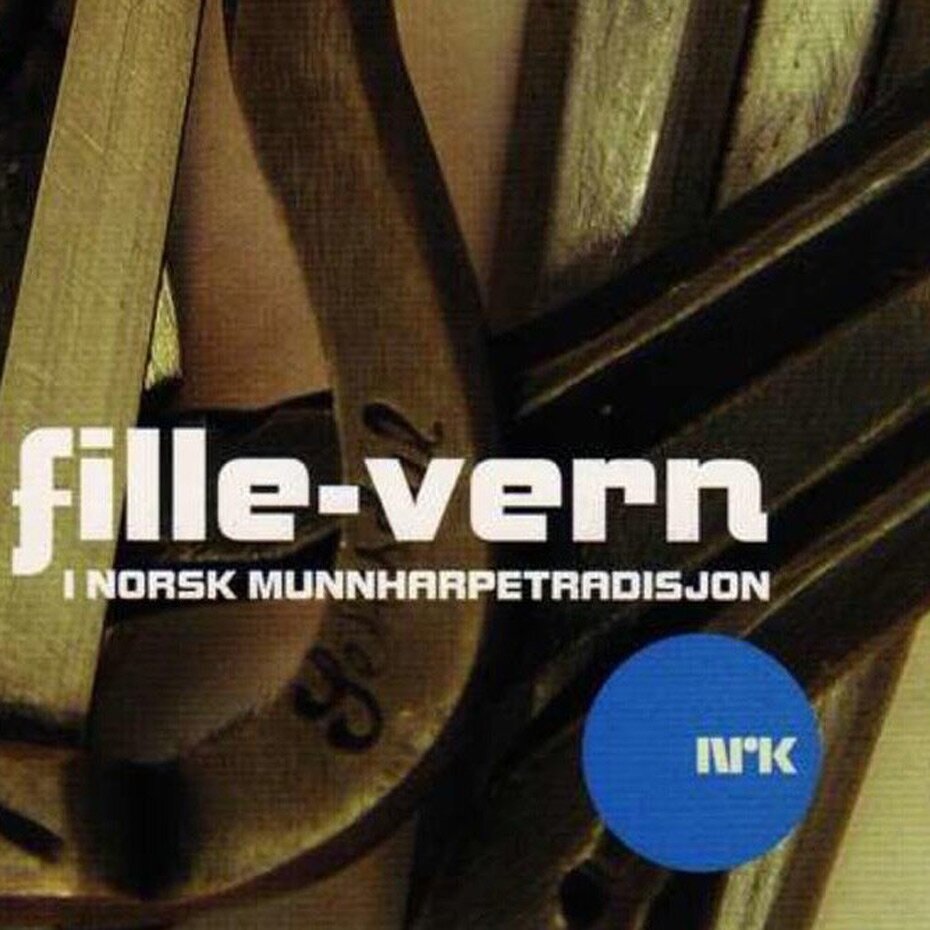Norway's Jew's harp scene came alive again in the early to mid 90s in various parts of Norway. After the instrument had been out of favour for many years, a young generation suddenly discovered their interest in the Jew's harp. This revival started in the Setesdal region of Southern Norway. There, the Jew's harp came to people's attention again in the 1980s. Some players worked extensively on their playing technique and repertoire. The instrument gained prestige and respect. The recent revival reached many regions in the south of Norway such as the provinces Telemark, Valdres, Hallingdal and Gudbrandsdalen.
In the 1960s, activists from the Norwegian folk institutions had already begun to take the initiative to prevent the art of playing and building the Jew's harp from dying out. The musicologist and former head of the Norwegian Folk Museum Reidar Sevåg encouraged the reproduction of old Jew's harps. Hundreds of instruments were created based on the prototype of historical Jew's harps. They should have a warm sound and produce sounds which lasted for a long while - at least that was how one imagined the sound of the old Norwegian Jew's harps. The short documentary film, "Munnharpa", made in the 1960s, shows step by step how these Jew's harps were made. In the 1980s it was still difficult to purchase Norwegian Jew's harps on which the old melodies could be played. So musicians turned back to the traditional manufacturing techniques and turned their attention to the instrument itself in order to be able to play the old melodies in the present day. Today there is once again a lively and many-faceted Jew's harp culture in Norway. The Norwegian Jew's harp expert Bernhard Folkestad has collected some of these models with wooden boxes.
According to the archaeologist Gjermund Kolltveit, Jew's harps have been played in Norway since the Middle Ages. Most of them and also the written proof we have today about the use of Jew's harp goes back to the 18th century. However, the folk music researchers in Norway have to accept the fact that the sources and the information regarding the history of the Norwegian Jew's harp are sparse. Even in those regions where there is now a lively Jew's harp landscape, its history lies in darkness. Consequenty, little is known about the exact circumstances of the early culture of the Jew's harp.
One impressive recording regarding the facets of the playing of the Jew's harp in Norway is the successful CD "Fille-Vern. Gamle og nye mestre i norsk munnharpetradisjon". The first of the two CDs contains archive material from Norwegian Radio. The earliest recording originates from 1937, the most recent comes from the 1970s. There is a great deal of background information to be had concerning the dances and songs as well as a number of additional transcripts. This CD encourages people to play the old songs once more and to stimulate players to play the Jew's harp themselves. Today Svein Westad is the Jew's harp best known player and activist in Norway. In the notes to the CD he says: I, for myself, came across the Jew's harp in the 1980s. At first, I played around with an Austrian Jew's harp. But my enthusiasm for the instrument really began when I was listening to a radio programme on folk instruments presented by the Norwegian musicologist Reidar Sevag. I was astonished when I heard the Jew's Harp player Mikkjel Kavenes playing the tune 'Fille-Vern'".Mikkjel Kavenes (1872-1939) lived in Setesdal in southern Norway. He is said to have not only been been an outstanding Jew's harp player but also a good blacksmith. Recordings of some Jew's harp pieces which he made in 1938 can be heard on the CD.
In Setesdal there is already a long, unbroken tradition of playing the Jew's harp. On "Fille-Vern" other Jew's harp players and Jew's harp smiths from the second half of the twentieth century are documented. Some of them, such as Andreas Rysstad and Knut Brokkeare, are represented through recordings on the CD. Many of the pieces were adapted from fiddle melodies. At the same time, many Jew's harp melodies can also be traced back to so-called "tralling". "Tralling" (also known as "trulling") is a form of singing syllables which make no sense. One can compare it to the the free warbling of a melody.
Bjørgulv Straume - Jew's Harp Maker
One of the best-known Setesdaler purveyors of the Jew's harp tradition is Bjørgulv Straume. Straume's workshop produces not only good Jew's harps, Straume is also a good musician, as one can hear on "Fille-Vern" and on the CD "Hrynhent", which Straume recorded with the pianist Øystein Kikut.

